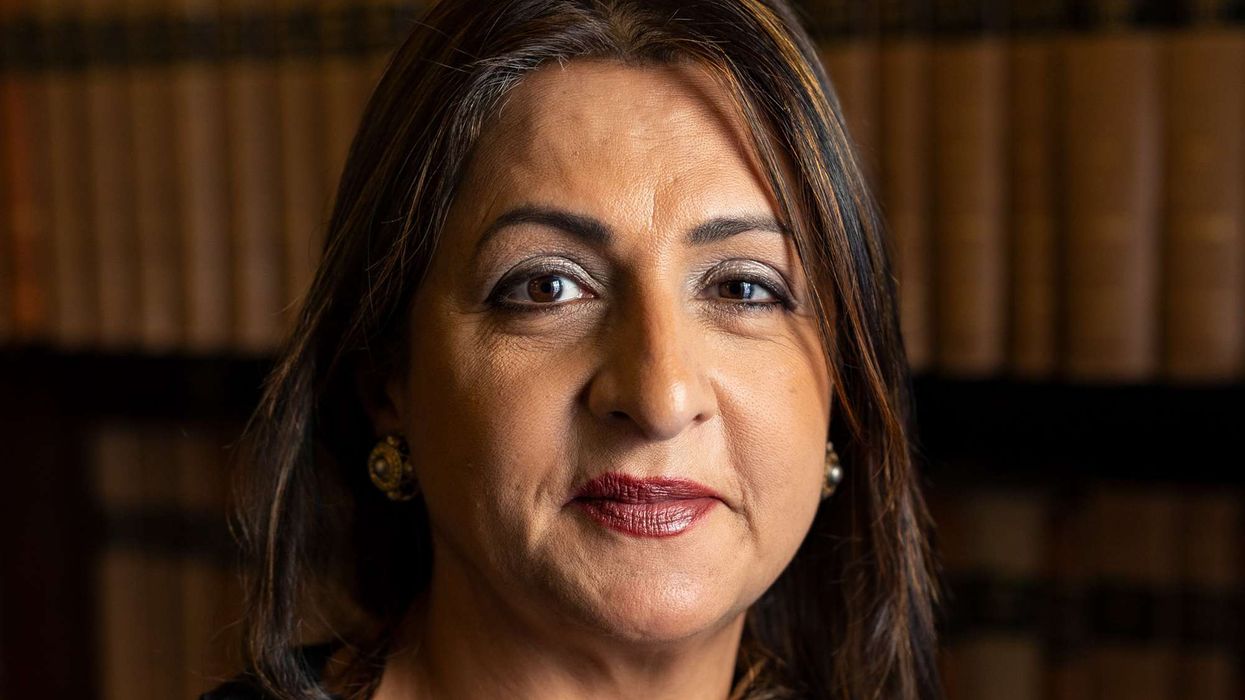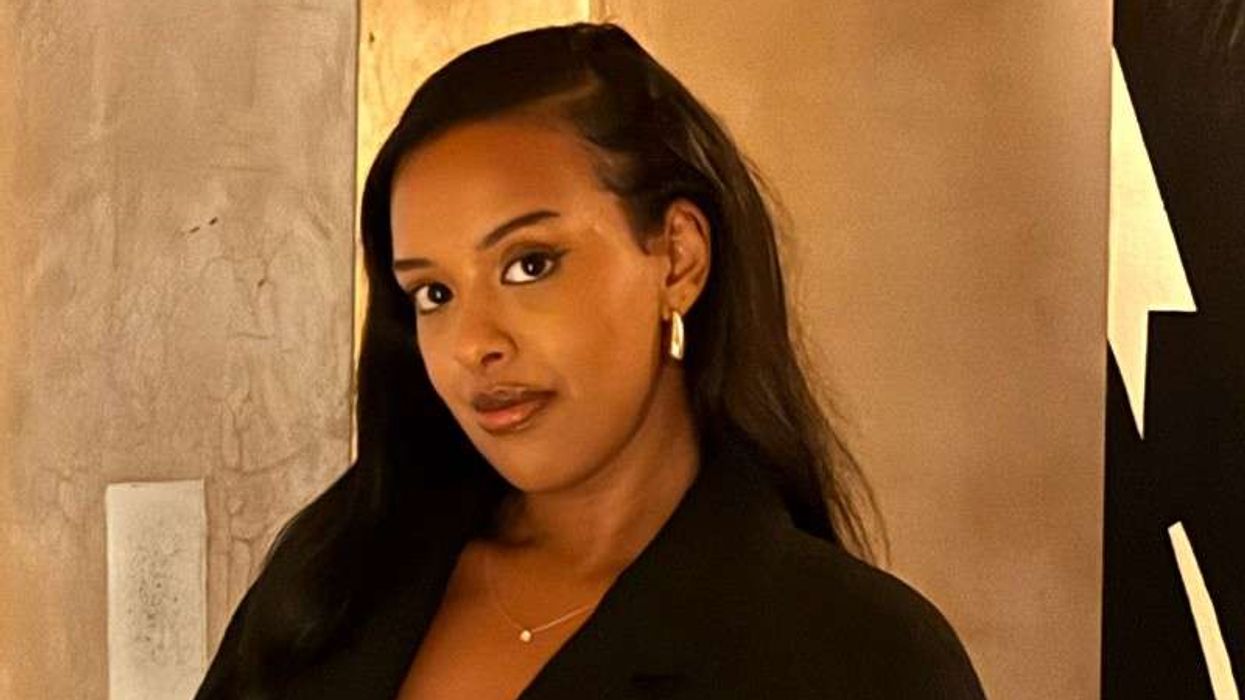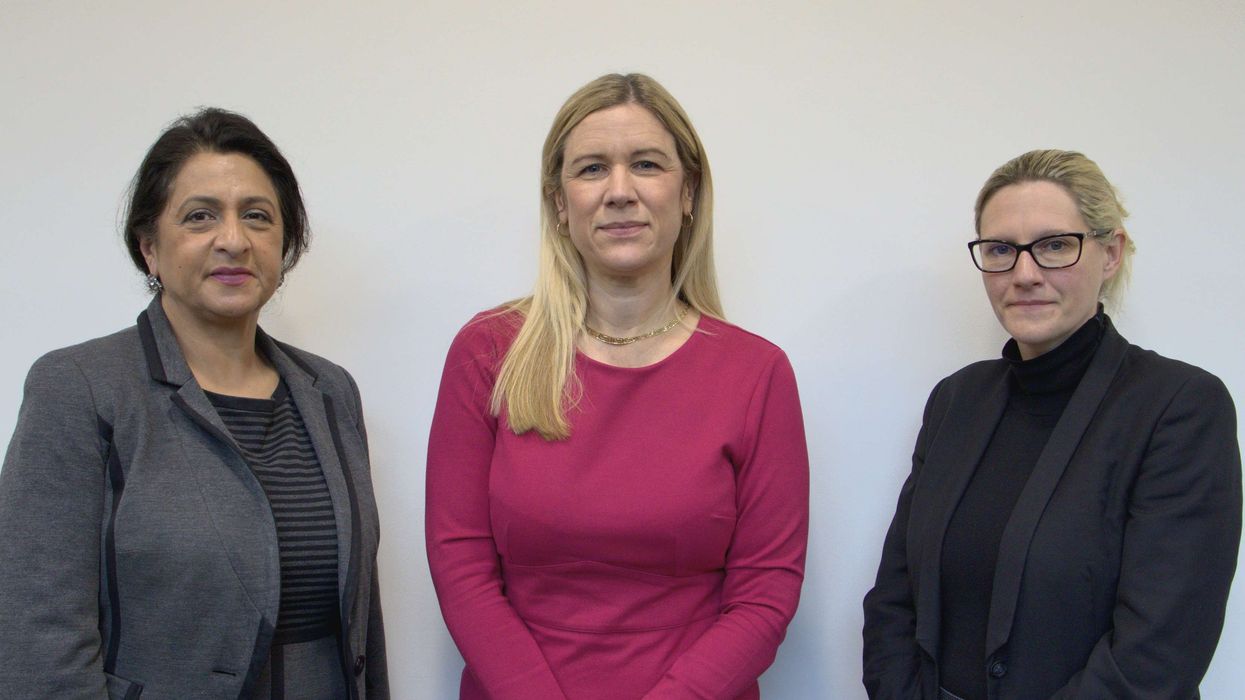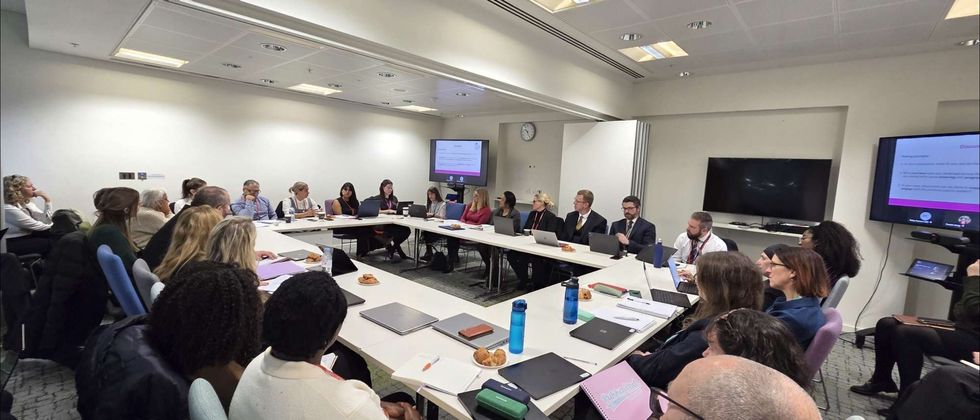BRITISH finance minister Rishi Sunak on Tuesday(10) said figures showing a record increase in redundancies and a rise in the unemployment rate to 4.8 per cent "underline the scale of the challenge we're facing".
"I want to reassure anyone that is worried about the coming winter months that we will continue to support those affected," he said in a statement.
Sunak last week extended until the end of March the government's costly wage subsidy scheme which provides 80 per cent of the pay of temporarily laid-off workers, and he outlined billions of pounds in other forms of help.
A record 314,000 British workers were made redundant in the three months to September, 181,000 more than in the second quarter, the Office for National Statistics said on Tuesday.
The unemployment rate rose to 4.8 per cent, the highest rate since the three months to November 2016, from 4.5 per cent in the three months to August.
While the public and investors were cheered on Monday(9) by news that an experimental Covid-19 vaccine was more than 90 per cent effective in trials, the ONS data showed hard months lie ahead for many Britons.
"Unfortunately the extension of the furlough scheme didn't come soon enough for some workers but it should help stem the rise in unemployment over the winter," said Jon Hudson, a fund manager at Premier Miton.
The BoE expects around 5.5 million employees will need furlough support during an England-wide lockdown this month, up from just over 2 million in October.
The end to the Brexit transition period in seven weeks' time has also weighed on employers' confidence, with no trade deal struck yet between Britain and the EU.
Sunak's critics have said his previous reluctance to extend the programme led to unnecessary redundancies.
"The government's failure to face up to the scale of this jobs crisis in time has cost people their livelihoods," said Jonathan Reynolds, the jobs spokesman for the opposition Labour Party.
Employment fell by 164,000 during the quarter, a sharper drop than expected.
Tax data also released on Tuesday showed a 33,000 decline in the number of employees in October, and almost 800,000 job losses since March.
The number of job vacancies showed signs of recovery, rising by 146,000 in the three months to October to 525,000, still well below levels above 800,000 seen before the pandemic.






 Nasima Abukar
Nasima Abukar Narwal, Ellie Reeves MP and Emma James
Narwal, Ellie Reeves MP and Emma James The first national honour-based abuse scrutiny panel held last Tuesday (9)
The first national honour-based abuse scrutiny panel held last Tuesday (9)





